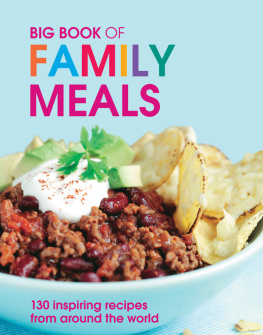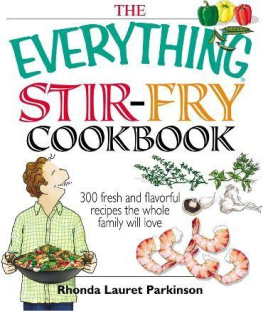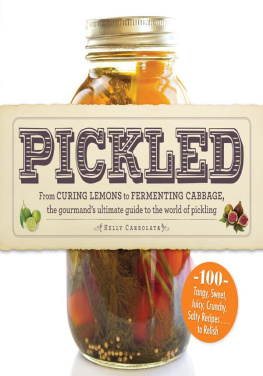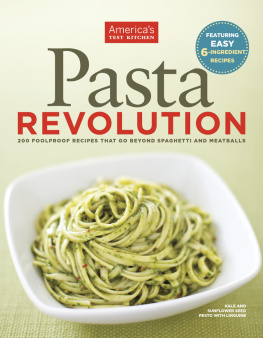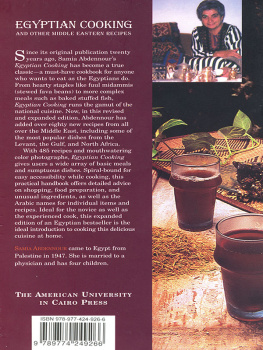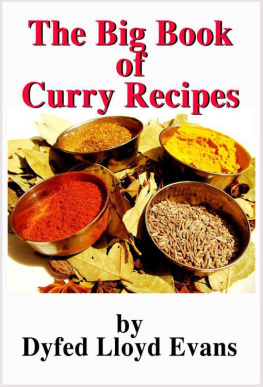Contents
Guide
Big Book of
Family Meals First published in 2009 by
New Holland Publishers (UK) Ltd
London Cape Town Sydney Auckland Garfield House
8688 Edgware Road
London W2 2EA
www.newhollandpublishers.com 80 McKenzie Street
Cape Town 8001
South Africa Unit 1, 66 Gibbes Street
Chatswood NSW 2067
Australia 218 Lake Road
Northcote
Auckland
New Zealand 10 9 8 7 6 5 4 3 2 1 Text copyright 2008, 2009 Wendy Sweetser; 2007, 2009 Katie Rogers; 2007, 2009 Pat Chapman; 2006, 2009 Kathryn Hawkins; 2005, 2006, 2008, 2009 Pippa Cuthbert and Lindsay Cameron-Wilson; 2008, 2009 Fiona Hamilton-Fairley; 2007, 2009 Abigail Brown and Melissa Webb; 2007, 2009 New Holland Publishers (UK) Ltd. Photographs copyright 2009 New Holland Publishers (UK) Ltd Copyright 2009 New Holland Publishers (UK) Ltd All rights reserved. No part of this publication may be reproduced, stored in a retrieval system, or transmitted in any form or by any means, electronic, mechanical, photocopying, recording or otherwise, without the prior written permission of the publishers and copyright holders. eISBN 978 1 60765 185 7 Editor: Amy Corstorphine Design: NHA and Vanessa Green Production: Laurence Poos Editorial Direction: Rosemary Wilkinson Reproduction by Pica Digital Pte Ltd, Singapore Printed and bound in Malaysia by Times Offset (M) Sdn Bhd. Publishers note The information given in this book is not intended as a substitute for professional medical care. The publisher and authors do not represent or warrant that the use of recipes or other information contained in this book will necessarily aid in the prevention or treatment of any disease, and specifically disclaim any liability, loss or risk, personal or otherwise, incurred as a consequence, directly or indirectly, of the use and application of any of the contents of this book.
Readers must assume sole responsibility for any diet, lifestyle and/or treatment programme that they choose to follow. If you have questions regarding the impact of diet and health, you should speak to a healthcare professional. The publishers have made every effort to ensure that the information contained in this book was correct at the time of going to press, but medical and nutritional knowledge are constantly evolving. The authors and publisher cannot be held liable or responsible for any form of misuse of any herb, herbal preparation or so-called herbal remedy. You should check with a qualified medical practitioner that the product is suitable for you.
Big Book of
Family Meals
130 inspiring recipes for the whole family


Contents

Introduction
A well-balanced diet will give your child the best possible start in life and keep your whole family healthy.
Those who eat a healthy, varied diet are more likely to be full of energy, suffer fewer illnesses and children will be more attentive at school. Children grow rapidly between the ages of five and 12, gaining an average of 57.5 cm (23 in) in height each year. To support this rapid growth and development, they need a good supply of nutrients, especially protein, calcium and iron. Its not just the body that needs good nourishment, though. Many nutrients, especially the B vitamins and iron, are important for concentration and learning at work or school, and our brains needs a constant supply of glucose and oxygen. Teenagers have higher nutritional needs than any other group, yet often have the poorest diet, choosing the easy option of processed and fast foods.
Encouraging good food habits from an early age could have a significant effect on health throughout adolescence and throughout life, and could help protect against problems such as osteoporosis, heart disease and some cancers. The recipes in this book are about striking a balance between healthy eating and food that the whole family will enjoy. Eating well shouldnt mean boring meals or denying favourite foods, but rather providing a diet that is healthy and varied, as well as delicious. So much has been written in the past decade about what we shouldnt eat that most of us are well aware that too many sugary, fatty, or over-processed foods should be avoided. But healthy eating is not about deprivation; the secret lies in serving more foods that will promote wellbeing and that everyone will enjoy.
Fruit and vegetables
These are packed with vitamins and minerals and phytochemicals, which help to keep the immune system strong and protect against everyday illnesses.
To ensure your family gets a wide variety of these nutrients, try to include as many different coloured fruits and vegetables as you can. Both adults and children should aim for at least five portions a day. Fresh, frozen, tinned and dried fruit and vegetables and 100 per cent juice, all count. An adult-size portion could be three heaped tablespoons of cooked carrots, peas or sweetcorn, a medium-sized apple, pear or banana, three heaped tablespoons of canned fruit salad, a fruity cereal or snack bar, a few dried apricots or a tablespoon of dried fruit such as raisins. Child-size portions should be slightly smaller.
Easy ways to eat more fruit and vegetables
Start the day with a glass of fruit juice at breakfast or top cereals with chopped fresh or dried fruit.
Serve crunchy vegetable sticks as a snack with favourite dips. Stir a handful of frozen peas or mixed vegetables into soups and casseroles before serving. Pure vegetables into sauces or blend with a little stock and milk to make nutritious soups. Make a pot of trail mix from dried fruit, nuts and seeds to add to childrens lunch boxes and for sprinkling over yoghurts and desserts. 

Calcium and iron-rich foods
Vitamins and minerals are complex substances needed by the body for a whole range of processes. All are important, but of particular note to families with young children are the minerals iron and calcium.
Iron, often lacking in childrens diets, is needed for both mental and physical development and to make haemoglobin, which transports oxygen around the body. Iron is especially important for girls who need to build up supplies as they approach puberty. Make sure that your child has at least one iron-rich food every day. Calcium is vital for building strong healthy bones and teeth. It also acts as a bone bank, helping to build up bone density from an early age to reduce the risk of osteoporosis later in life. Vitamin D is vital for the absorption and utilisation of calcium.
As this vitamin isnt well absorbed from food, the best way to get adequate supplies is to spend a few minutes outside everyday, especially on sunny days, but avoid staying out for long in the middle of the day, when the sun is at its hottest.
Omega 6 and omega 3
Although we tend to think of all fats as being bad, some actually play a protective role in the diet and two in particular are vital: the essential fatty acids (EFAs) known as omega 6 and omega 3. Omega 6 EFAs are involved in the production of prostaglandin, a hormone-like substance needed for healthy cell membranes which has a therapeutic effect on skin problems and allergies. They are found in many oils including sunflower and safflower, soft polyunsaturated margarine, seeds and nuts. Omega 3 EFAs are also found in these oils but additionally include vital substances which come almost solely from fish oils. Vegetarians may get small amounts from flax and pumpkin seeds and leafy green vegetables, although recent evidence suggests that the type of fatty acids found in vegetable sources may not have the same benefits as those in fish.

